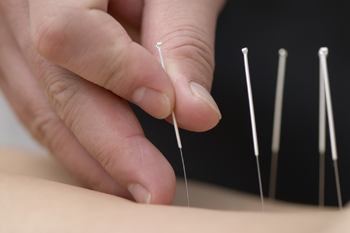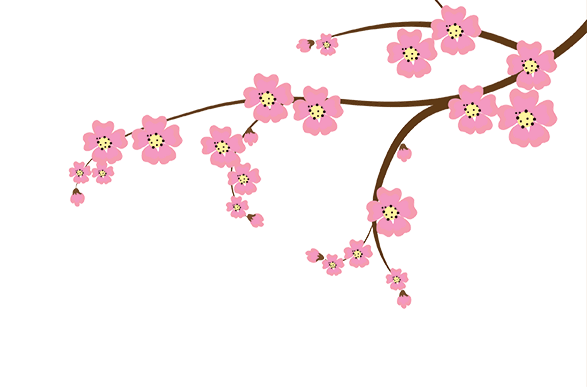
The Third Eye & 6th Chakra
The channels, or meridians on the body used for acupuncture make up a complex network along which energy, or qi travels. Acupuncture points are located on areas where the qi flows closer to the surface of the body. There are 12 main meridians along which about 365 acupuncture points are located. In addition to points along specific channels, there are a number of extra points located outside of the specific pathways. One of these extra points is a particularly special one, called Yintang.
What does its name mean?
Yin means seal, mark, trace, vestige; tang means hall or central dwelling. Its name is usually translated as “Hall of Seal” or “Central Mark.”
Where is it?
Its location is on the forehead, midway between the medial ends of the two eyebrows. It is found along the Governing Vessel channel, but it is not considered a point on that channel.
What symptoms can the point yintang treat?
The most common uses for yintang are:
- treats frontal headache
- treats nasal congestion and sinu problems
- calms the spirit, for insomnia, stress, and anxiety
Additionally, yintang is useful in treating dizziness, eye pain or redness, nosebleeds, acne, trigeminal neuralgia, facial numbness or paralysis, dizziness, and hypertension
Why is this point special?
Some sources note that this point is the “third eye“ which is able to see what is “unseen” by the physical eye. This extra eye was often embellished with a circular mark in ancient times, as it still is today in some cultures. In my medical practice, I have gotten feedback from patients that treatments including this point help them feel a renewed calm along with a sense of clarity. Many have reported new insights into their lives and are better able to make decisions, especially those that change the course of their lives.
This area of the body has a lot of relevance in other cultures and holistic modalities for healing. For example, according to the Chakra system, this area of the body is the 6th Chakra, or Brow Chakra and refers to the “mind center.” It is an area of the body that relates to wisdom, putting our experiences in perspective, and the ability to see the “big picture.” It is through an open brow chakra that visual images are received. Furthermore, the point relates to insight and mind development. This chakra corresponds to seeing the clear picture (symbolic or literal), wisdom, intuition, mental facilities and intellect. As it governs the brain, neurological system, eyes, ears, nose and pituitary and pineal glands, physical dysfunctions of this chakra are brain tumors, strokes, blindness, deafness, seizures, panic, depression and confusion.
Is there any research out there about this acupoint?
The journal Medical Acupuncture published a 2005 study entitled “Shenting and Yintang: Quantification Of Cerebral Effects Of Acupressure, Manual Acupuncture, and Laserneedle Acupuncture Using High-Tech Neuromonitoring Methods,” by Gerhard Litscher, MDsc. The study was about the electroencephalographic similarities of acupressure induced sedation and general anesthesia, as assessed by bispectral index and spectral edge frequency. Read the study here. The basic result showed similarities measured in the human brain both under sedation using yintang and sedation using anesthesia.
1 Cunningham, Patrick M. Acupuncture Points: A Practical Guide to Classical and Modern Usage. Medford, MA. 2000. http://healing.about.com/cs/chakras/a/chakra6.htm
